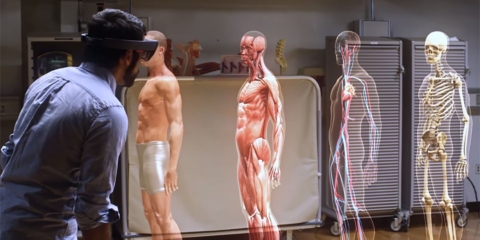Would you like to get notifications from Christian?
Imagine a world where furniture design is no longer exclusive to trained professionals but accessible to everyone. That's the beauty of generative design. It is a revolutionary technology that transforms us all into co-designers, enabling us to shape the world around us, one piece of furniture at a time. This is not just a new trend in the design industry; it's a technological breakthrough democratizing design, changing how we perceive and interact with our surroundings.
As envisioned by Marvell Lahens, founder of the Chicago-based brand Self, Generative design provides an intuitive, user-friendly platform for custom furniture design. Inspired by the book Shape Grammars by Jannis Maroscheck, Lahens harnessed the power of algorithmically defined shape paradigms and rule sets to create a unique design configurator.
The core of this technology lies in these rule sets or constraints. When layered with an easy-to-use interface, they allow anyone, not just creatives, to manipulate the resulting shapes. Thus, The user can participate fully in the design process, creating custom, made-to-order furniture that suits their unique needs and aesthetic sensibilities.
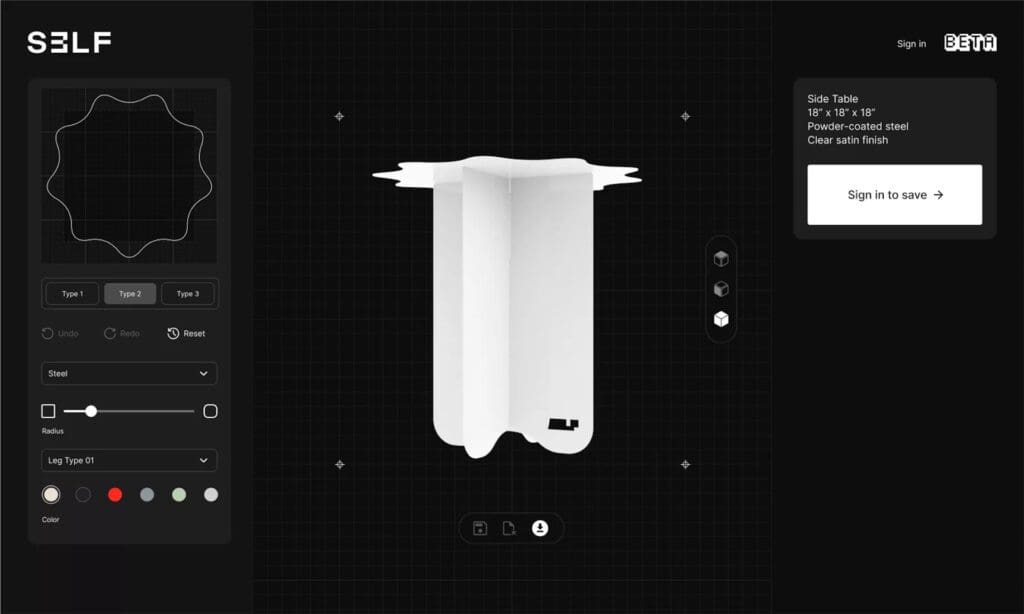
Credit: Self
This new approach disrupts the traditional design process by tearing down barriers to entry. Whether due to a lack of training or resources, many people have been excluded from this creative process. Generative design changes that. It eliminates the need for expertise in joinery or the use of hand tools and offers a more accessible starting point.
Generative design also offers innumerable shape possibilities, even within the constraints defined by the algorithm. As more grammar or rule sets are added to the platform, the range of starting points and possibilities expands, providing endless opportunities for innovation.
Generative design is not just about furniture; it's about possibility. The collaboration with designer Norman Teague exemplifies this. Teague's unique shape types were incorporated into the generative design platform, leading to various permutable designs. The tables co-designed by Teague and Lahens are only a few of the countless possibilities that generative design can create.
Beyond collaborations, generative design opens the door for co-designing. This means consumers aren't just passive recipients; they actively participate in creating objects they will ultimately use. They become full participants in the design process, further demonstrating the democratizing power of this technology.

Credit: Self
Generative design has the potential to revolutionize not only the design industry but our everyday lives as well. It puts the power of design in our hands, allowing us to shape our surroundings to reflect our personal tastes and needs. Generative design cultivates a more diverse, inclusive, and creative world by inviting and enabling people of all backgrounds to participate in the design process.
As we move forward, generative design will continue to evolve, offering even more possibilities for collaboration, innovation, and personalization. The potential impact of this technology is profound. It's not just about creating beautiful objects; it's about empowering people, fostering creativity, and, ultimately, shaping a better, more inclusive world.
#GenerativeDesign #DemocratizingDesign #DesignYourWorld
Author: Christian Kromme
First Appeared On: Disruptive Inspiration Daily
Do you want more of this kind of content? Subscribe to my 'Disruptive Inspiration Daily' newsletter. Do you find this content inspiring? Give it a 'like' or share the article with your network. This will help you and your network have a relevant timeline.
Which keynote best fits your needs?


Christian is a futurist and trendwatcher who speaks about the impact of exponential technologies like AI on organizations, people, and talents. Christian tailors his presentations to your audience's specific industries and needs.



Our world is changing at an exponential rate! A big tidal wave of digital transformation and disruption is coming at us fast. Many organizations see this wave as a threat and experience stress, but there are also organizations that just see this wave as an opportunity.

Imagine sitting with just 10-15 fellow executives at a premier location, gaining clarity on the impact of AI on your industry while enjoying an exquisite dining experience. These are not just meetings—they are transformative moments that will shape the future of your organization

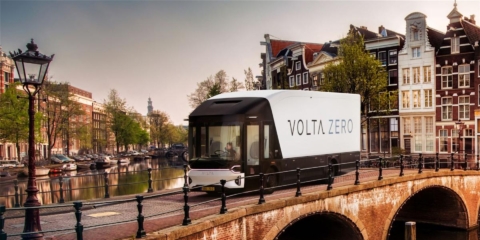

In the future, 3D printing and generative design will allow for products to be designed in a more decentralized manner, and production will take place closer to the customer and fully on-demand. 3D printing technology will also allow for more customization and personalization of products.


The agricultural industry is ripe for disruption. Robotics, AI, and IoT are all technologies that have the potential to radically transform the way we grow food. In combination with vertical farming, these technologies could increase the efficiency and quality of agricultural products.
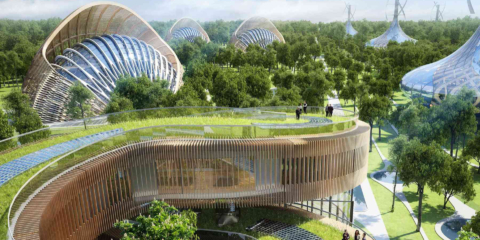
A human-centered society is one that puts people first and where technology is used to unite and empower people. It is a society that values biological life and dignity above all else. It is a society that recognizes the importance of human relationships and works to strengthen them. In a human-centered society, all members of the community are valued and treated with respect.
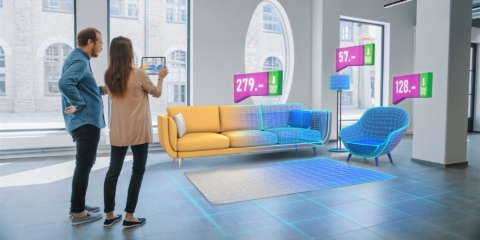
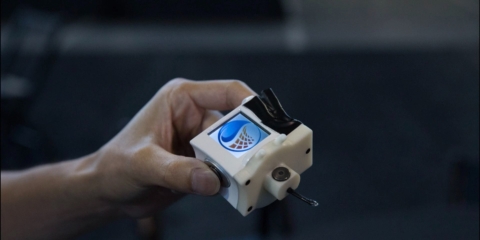
The future of healthcare is here. New technologies like AI, IoT, big data, and smart sensors make it possible to become the CEO of your own health. Imagine that your phone can listen to your voice and AI algorithms can detect small nuances in the tone of your voice that indicate specific diseases.
